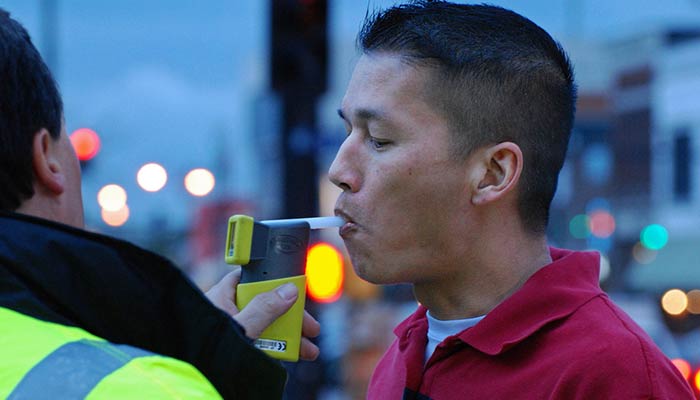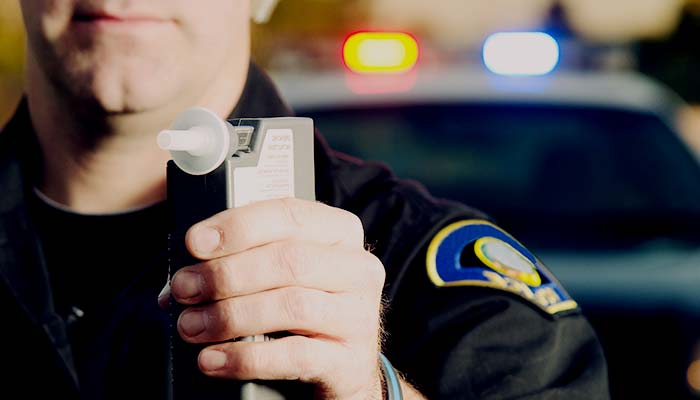Today, almost everone has a story to tell and it seems that there are so many conflicting regulations about driving in state of drunkenness as tragic stories. The reality is that many jurisdictions differently define the driving under the influence crime. But there are many common elements and definitions that are juxtaposed. The following is a general summary of how one is defined driving under the influence (Driving Under Influence, DUI), and what authorities need to demonstrate to achieve a conviction for DUI.
Definition of Drunk Driving
The majority of the state laws define crimes of driving while intoxicated as driving a motor vehicle on a street or road under the influence of alcohol. This can mean that you have driven poorly, even if your blood alcohol concentration (BAC) is low. Current statutes also provide for what is called a “a per se offence” the act of driving a motor vehicle on a street or highway with a blood alcohol concentration of 0.08 percent. This means that, even though you have perfectly driven, you can still receive a charge for driving under the influence.
The “Driving” Element of DUI Laws
Various state laws require a person to be driving a vehicle to convict him for drunk driving. Other states use the terms “operating a vehicle” or “having actual physical control of the vehicle”. In general, these terms are not synonyms, so it is important to determine how a particular state defines the term in their laws.
Several questions may arise related to the element “driving” in a citation for driving while intoxicated. For example, a person may be in a vehicle without turning it on. The question, in some cases, is if the person was driving or operating a vehicle or if you were using it as temporary shelter. The courts of various jurisdictions have identified several factors to determine whether someone has been driving a vehicle. In general, these are the following:
- the location of the vehicle (on or off the road);
- the location of the driver (in what part of the vehicle);
- the location of the keys within the vehicle (either in or out of the ignition); and
- the operability of the vehicle (if this particular vehicle can be driven).
The “Under the Influence” Element of DUI Laws
Usually, the officers use three types of tests to determine if a driver was under the influence: evidence of the scene, evidence of the driver and evidence of alcohol in the blood. In general, field evidence is normally collected by police officers, and may fall into one of five categories:
- testimony relating to the driver’s unusual manner of driving;
- testimony relating to the driver’s behavior or the physical appearance;
- testimony relating to the results of the field sobriety test of the defendant;
- tapes, films or photographs taken at the scene where the defendant was driving or was arrested; and
- incriminating statements made by the driver.
Police officers tend to analyze the physical appearance of the driver and the symptoms of driving while intoxicated to determine if there is an evidence that the driver is intoxicated. The following are some of the most common symptoms of intoxication:
- the clothes of the accused is disheveled;
- the defendant has not shaved or combed;
- the eyes of the accused seem to be red, glassy or bloodshot;
- the face of the accused looks flushed or red;
- the breath of the accused smells like alcohol; or
- the address of the defendant is unclear and thick.
Finally, the blood alcohol concentration (BAC) of the accused can be determined by three methods. The most common of these methods involves an analysis of the breath of the accused. Other tests analyze the blood or urine of the accused. The improvement of the methods for determining the blood alcohol concentration of the defendant has strengthened the ability of prosecutors to prove it. However, these tests are not infallible and defense lawyers can challenge successfully the methods used to analyze the blood alcohol concentration of the accused. While a driver can refuse certain tests of blood alcohol concentration, there are serious penalties for doing so.
Next steps
The details on the elements of driving under the influence can be difficult to figure out. If you have been arrested or have imposed a charge for DUI, you should consult an experienced DUI attorney where you live (DUI laws vary widely in different jurisdictions).
Watch video Elements of a DUI offense
This short video explains the structure and main elements of a DUI offense.










